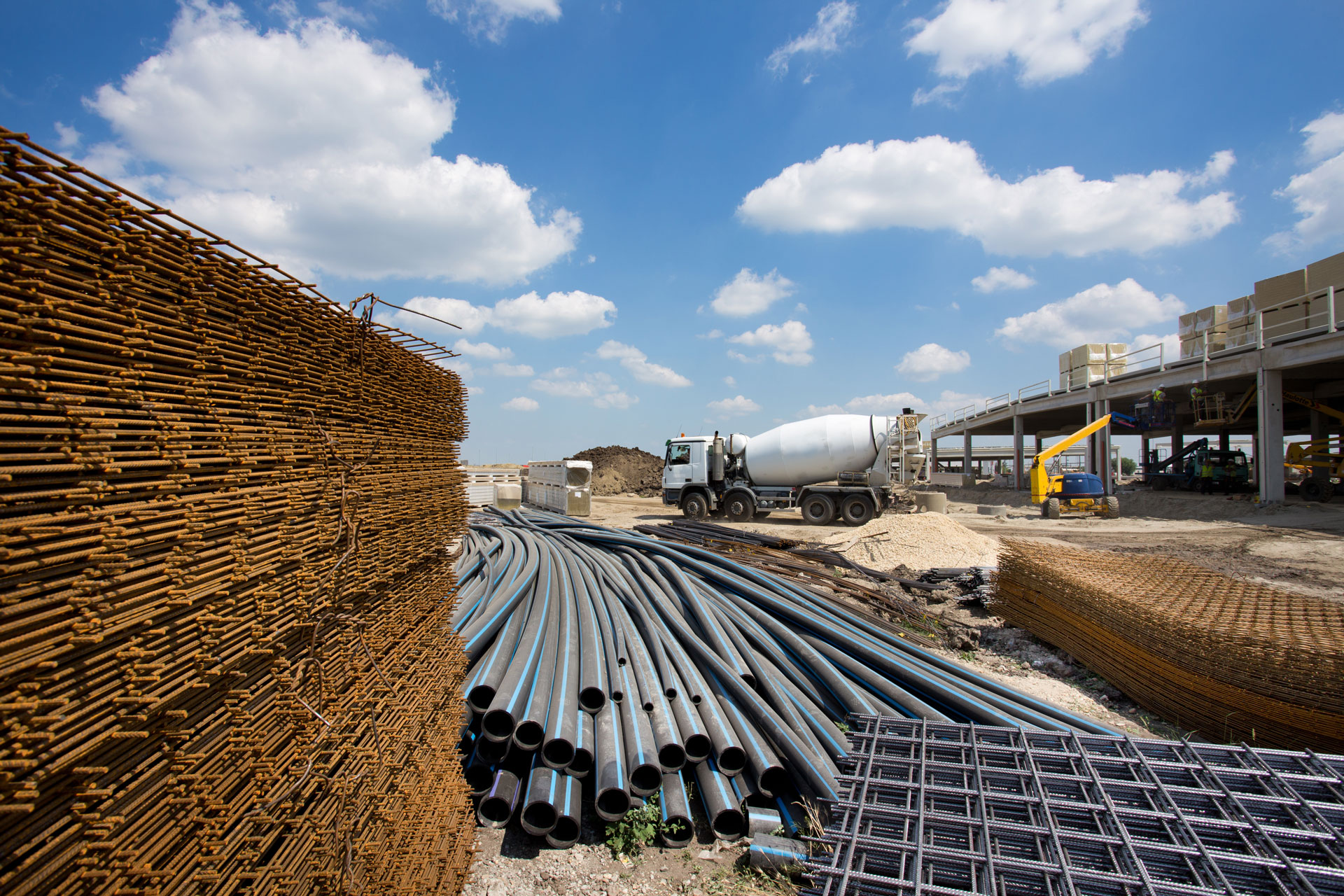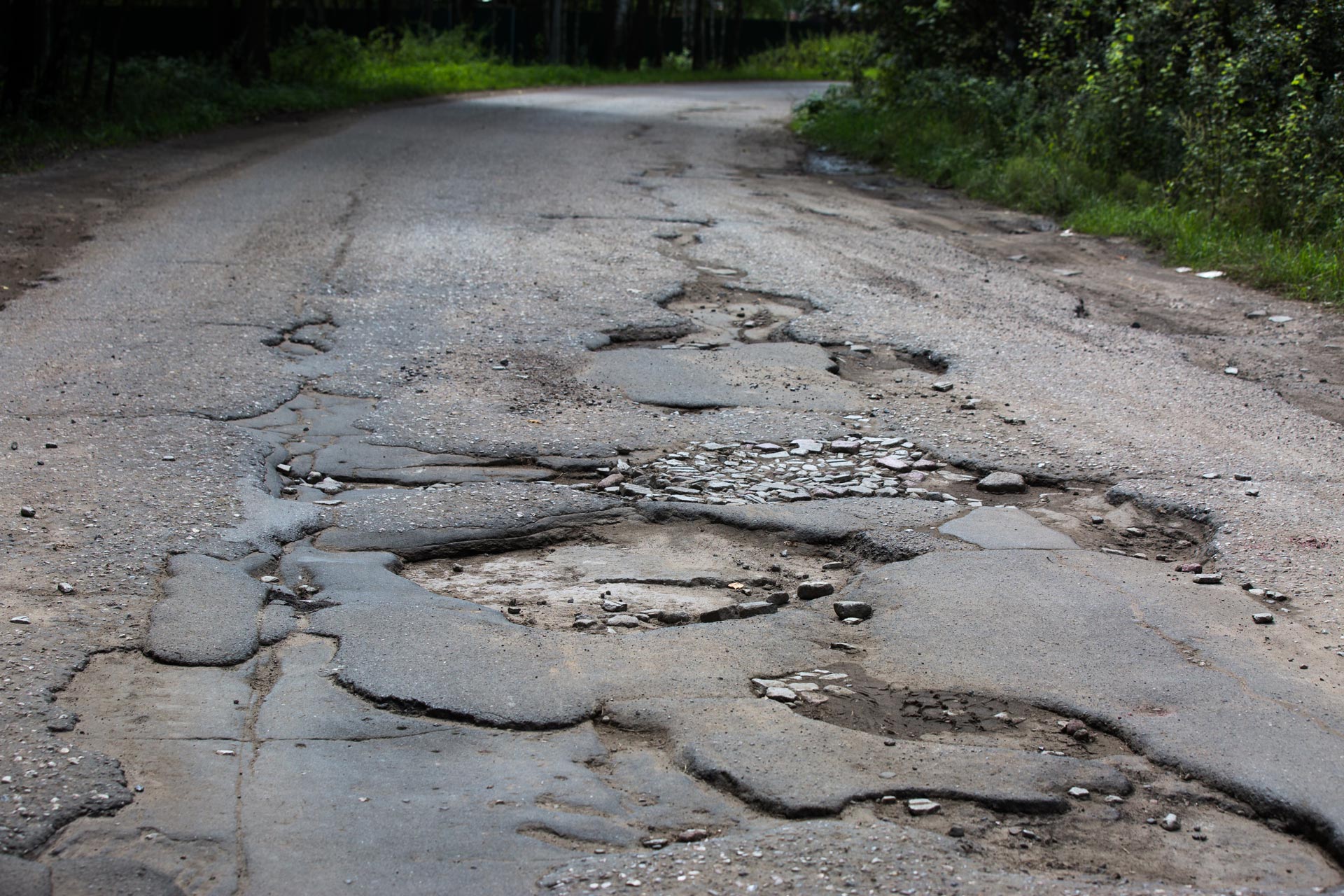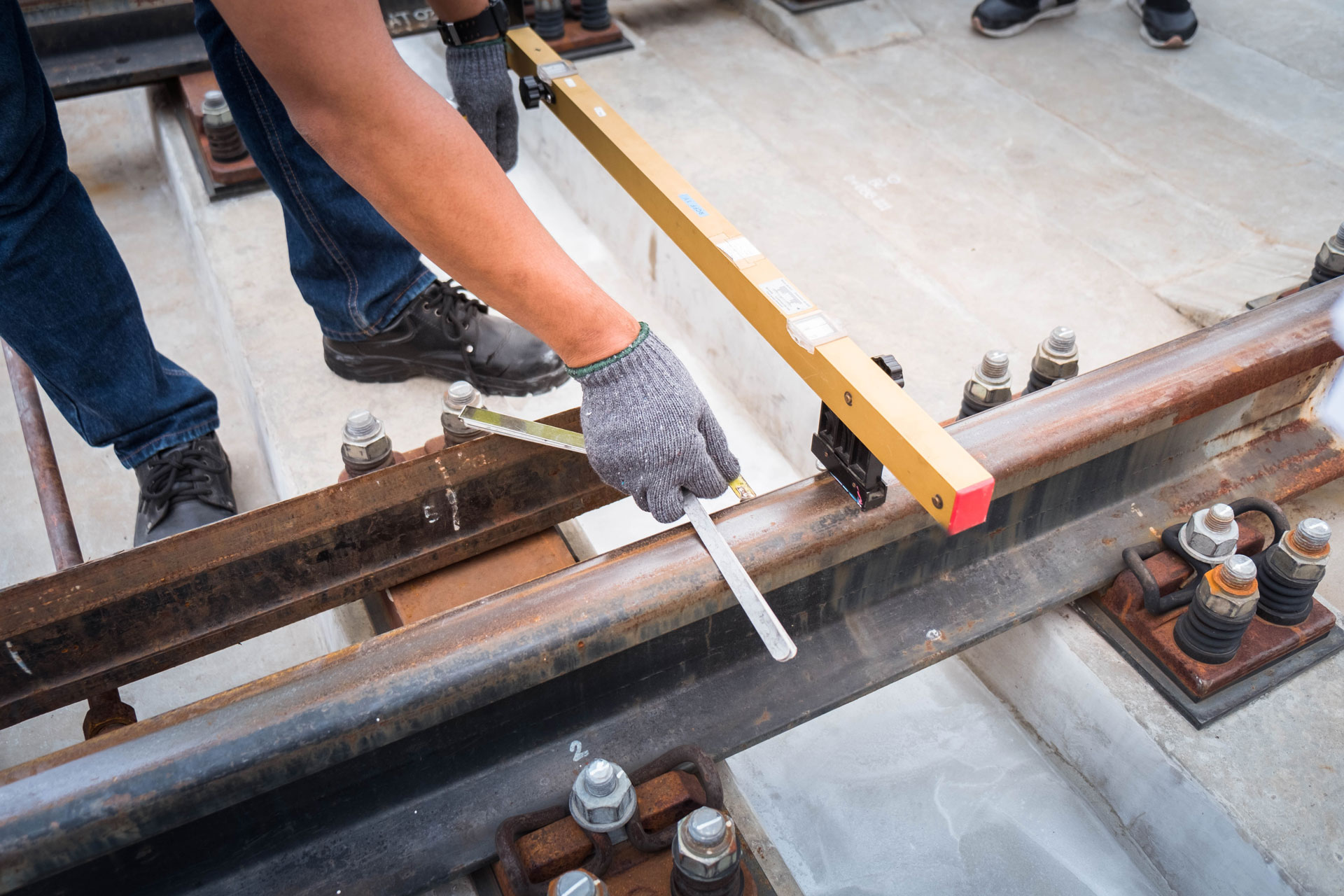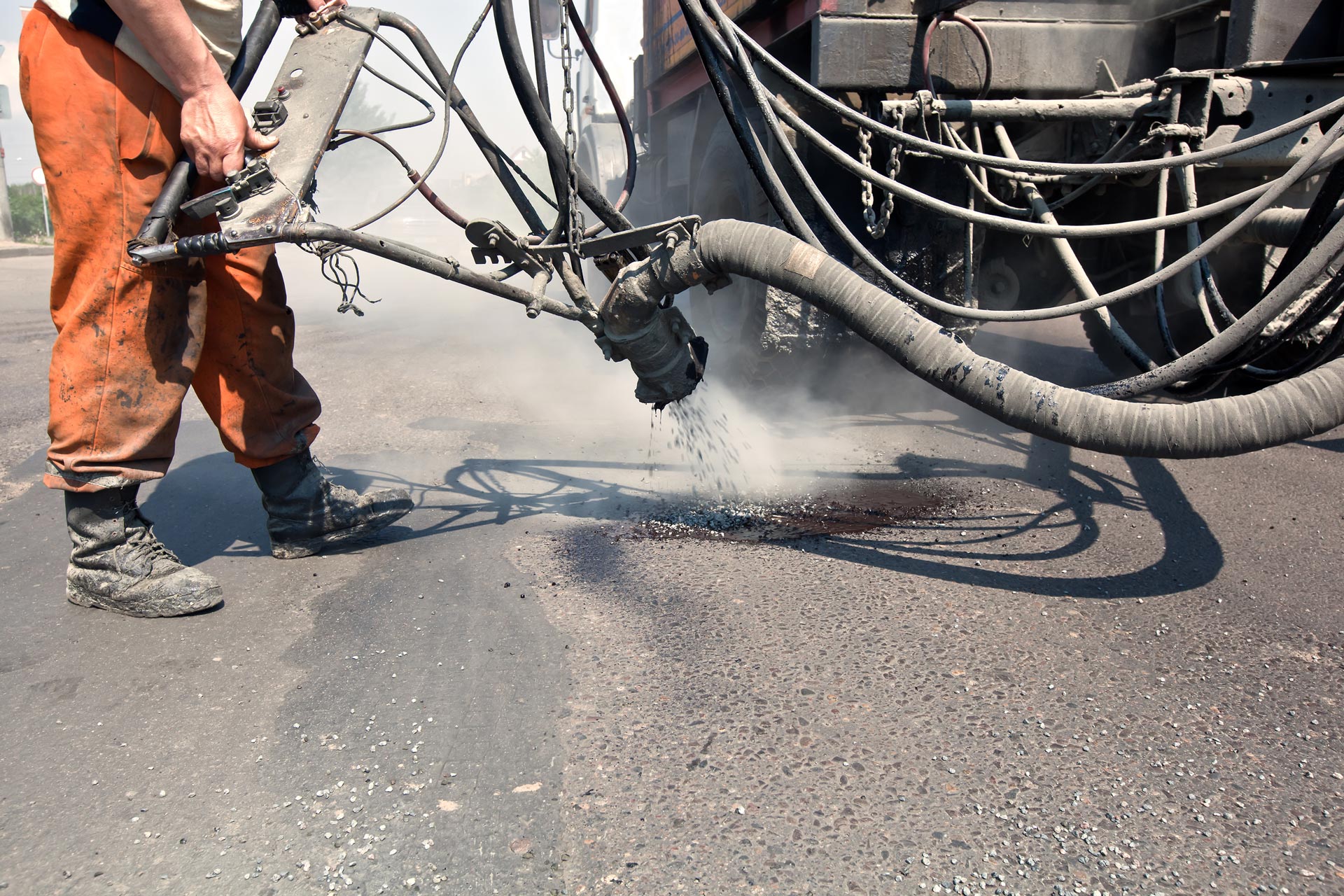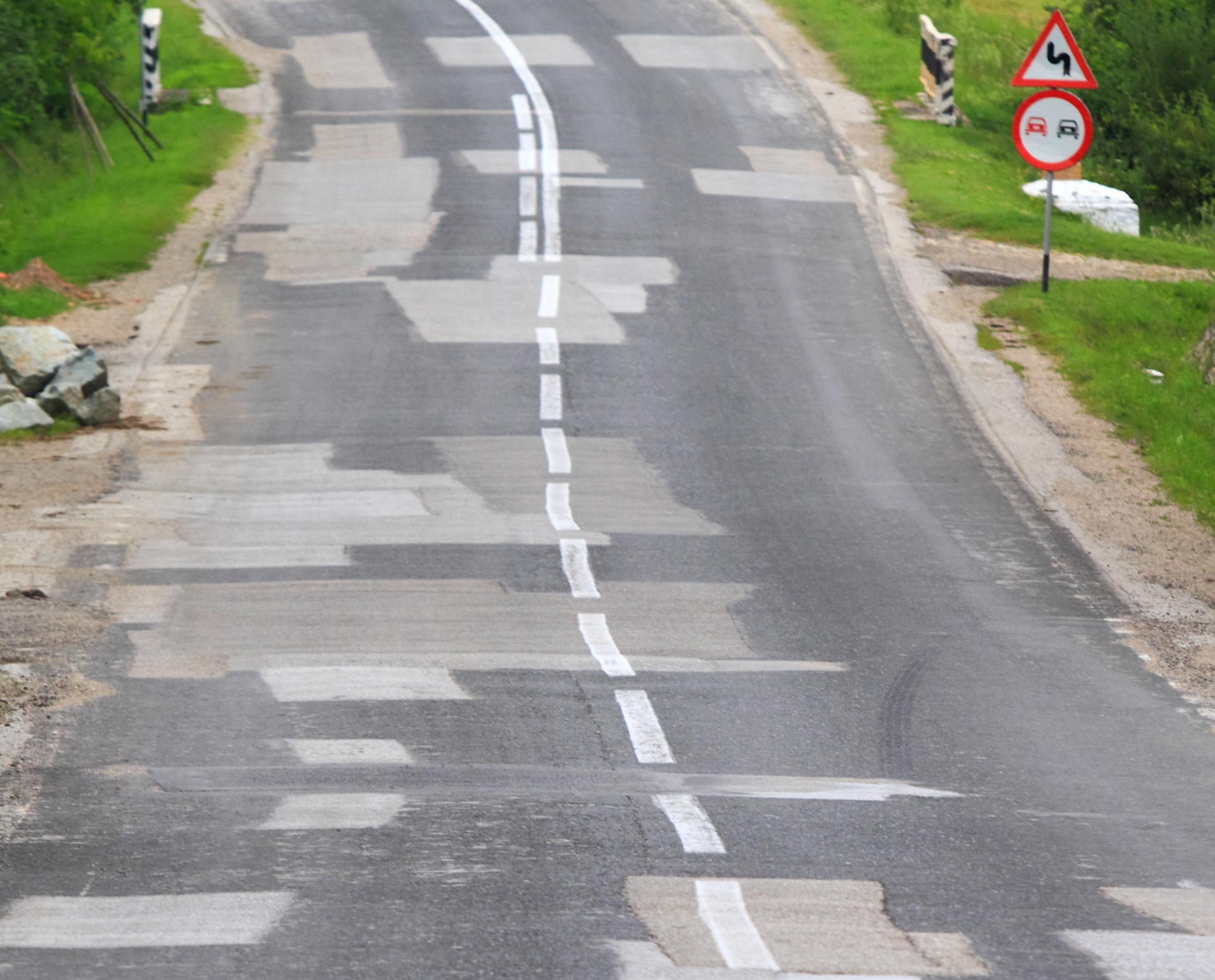Construction and Materials
Effects of Superloads on Pavement Life
Superloads (SLs) are a class of vehicles that typically exceed both gross vehicle weight limits and axle load limits, in addition to occupying two or more lanes of traffic. In Pennsylvania, SLs require special permits, however, the effects of these vehicles on pavement distresses have not been considered. The purpose of this study was to evaluate SLs typical to Pennsylvania and quantify the damage induced by single load applications of these vehicles on pavements. Laboratory and computational analyses were combined to evaluate fatigue cracking and dowel damage in concrete pavements and fatigue damage, rutting, and shear failure in asphalt concrete (AC) pavements. In concrete pavements, SLs were found to disproportionately increase fatigue damage particularly under conditions of high positive temperature gradients. Laboratory testing also indicated that this damage increases non-linearly. Therefore, damage accumulation is higher for pavements that are already significantly damaged than those that are still relatively undamaged. Additionally, the heavy loads increased the dowel looseness developed at transverse joints, which may lead to high faulting. However, the increase in looseness caused by a single SL application is minor, with a minimum of 1,000 SL passes required to increase measurable damage. Computational analysis found that damage accumulation increased when the slab experienced large positive temperature gradients, which frequently occur in late spring and summer. Untied shoulders and poor aggregate interlock are other factors that may cause an increase in looseness, and hence faulting. For flexible pavements, the fatigue damage, rutting, and potential for shear failure were particularly high when the AC and base layers were thin and relatively less stiff. However, as in the rigid pavements case, a single pass of a SL truck does not cause any appreciable damage to the flexible pavement. Predictive models for damage caused to flexible and rigid pavements were developed and implemented into Excel workbooks.


















